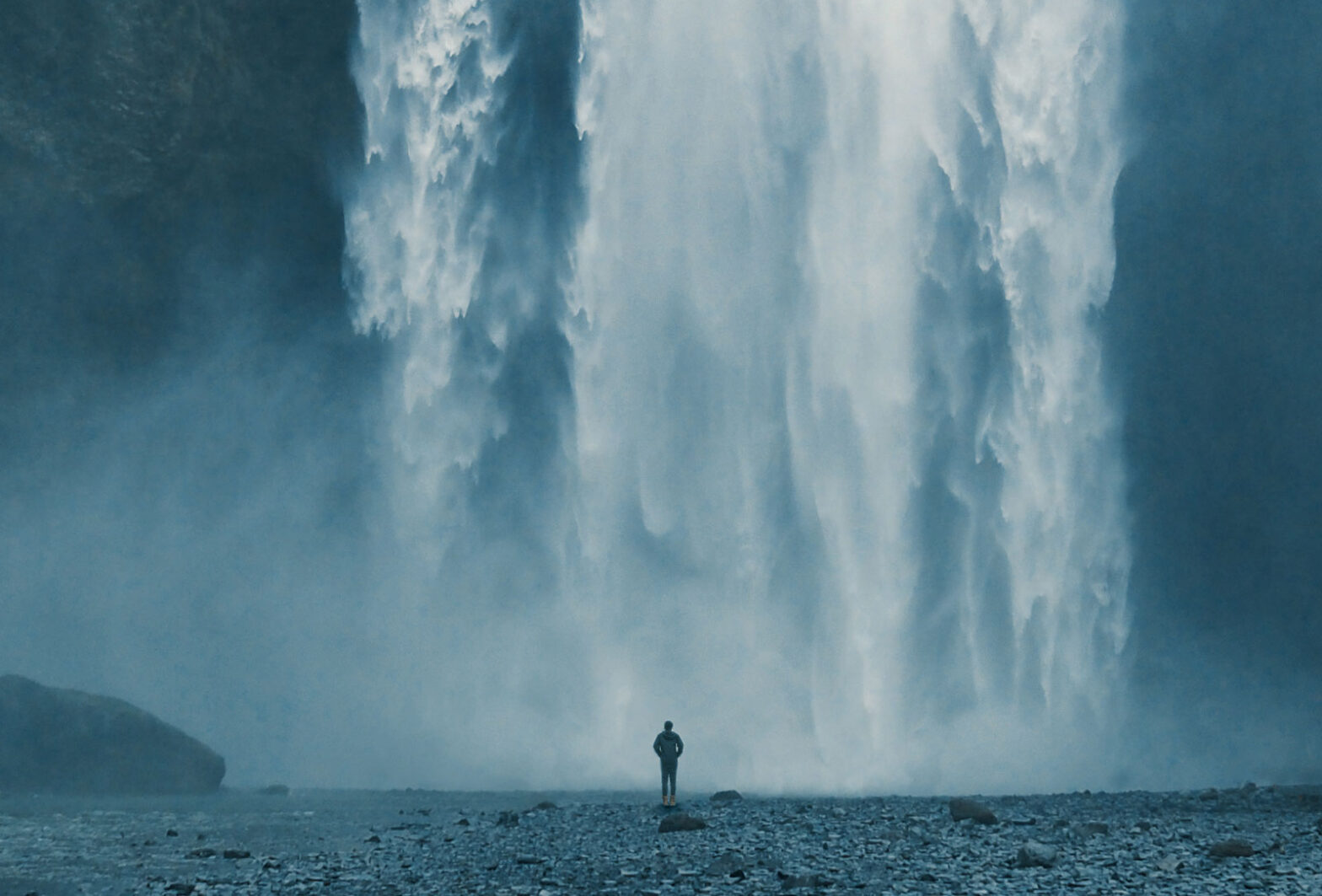Developing inner and outer awareness is a practice. Last week, I mentioned a few ways to uncover your intuition and inner wisdom. This week I want you to glean from my stories what I believe is one of the most significant environments to tap into your innate awareness. It’s outside and in the elements. Getting attuned with nature helps you attune to your authentic beingness. You can learn how to become attuned to the symphony of nature by spending time in it, or with the help of a course on nature survival or tracking such as Boulder Outdoor Survival School, NOLS, or Tom Brown’s Tracker School. Gaining an intuitive edge for survival and a deep understanding of the interconnectedness of all living things is invaluable, and deeply rewarding.
My SEAL teammates used these skills with great success in Iraq and Afghanistan. A SEAL platoon sent on a sniper operation to help the Marines clear Ramadi was led by my teammate Lieutenant Commander Jocko Willink. He and his men would go into the city and set up hide sites where they would sit quietly, just observing the whole of what was going on. They watched the rhythm and patterns of the city developing situational awareness. This enabled them to detect anything out of place, or any disturbances like the Apache Scouts did in a different wilderness.
If an individual acted in a contradictory pattern or stopped to peek around a corner or carried something that looked a little different while walking from the market, the SEALs made note. If a group of warrior-aged males clustered together and moved toward a common place or if someone took up a position on a roof, the SEAL team would react accordingly. Practicing this outer awareness kept them tuned in to the threats and opportunities to eliminate those threats. Jocko’s team was so successful that the enemy knew him by name, similar to how the Vietcong knew of legendary SEAL Team Six founder Demo Dick Marcinko in Vietnam.
At SEAL Team Three we trained to hone situational awareness relentlessly. We had drills where we would travel the same route over and over and try to observe more and more detail. We would slowly imprint the most minute details, and then any variances in those details on later trips. This not only developed great intuitive awareness, but also enhanced our memories.
But we had another drill for our memory too, called a “KIM Game” (KIM=Keep in Memory). We’d put twenty or more items under a blanket, then pull the blanket away and the SEAL had sixty seconds to memorize everything. The first time we might remember 50 percent of the items. But, over time, we’d learn to use our mind in different ways. We’d breathe into it, soften our gaze, and open our minds to imprint, like taking a picture with a camera. We had to look at the whole field at once. The more we practiced, the more information would be there for us in greater and greater detail. If a watch was there, we could tell what time it was, memorize the make, etc. The details became that clear.
These examples reinforce the power of the brain to collect information beyond conscious awareness. But we cannot become masters of intuition until we also fine tune inner awareness to what to pull from the memory banks of our unconscious minds.
This inner awareness is called inferential intuition. Unlike transrational intuition and women’s intuition, inferential intuition pulls from life experiences or training as described above. Life experiences groove episodic memories that create a mental map in your hippocampus, located in the brain’s temporal lobe. Inferential intuition is built over a lifetime. Take a long serving Navy SEAL, a veteran computer coder, or a master musician or athlete, for example. When they take action, they seem to operate out of instinct. Because their minds have mapped their trade or skill in so many ways that are not rote memory, but non-linear and non-rational, they can spontaneously recognize new patterns for near-perfect unconscious solutions. Really, this is inferential intuition at work: pattern recognition causes a solution to magically appear. It’s coming out of them or through them. In this way, inferential intuition develops from long periods of practice. Conscious practice is what your brain does as it logs your life’s events, turning a small fraction of them into memories. But this intuitive skill will assist in making present-moment assessments and decisions at a speed the conscious brain can’t handle.
Using skills such as memory games to increase outer awareness of our surroundings helps heighten our inferential awareness. These exercises work together.
Just as Apache scouts and SEAL snipers must be in tune with their surroundings so they can infer what’s going to happen next, a pro-athlete, linguist, dancer, chef, master sculptor, or any other creative vocation or activity uses inferential intuition, too. The constant practice of one or a few skills required to master any profession, task, or activity (especially right-brained activities), creates deep pattern synaptic grooving—neural pathways just like our fear loops and transformational loops.
You needn’t have the archetype of a warrior or artist to possess these skills or master them. Can you find anywhere in your life where you use or can develop more of this living awareness?


